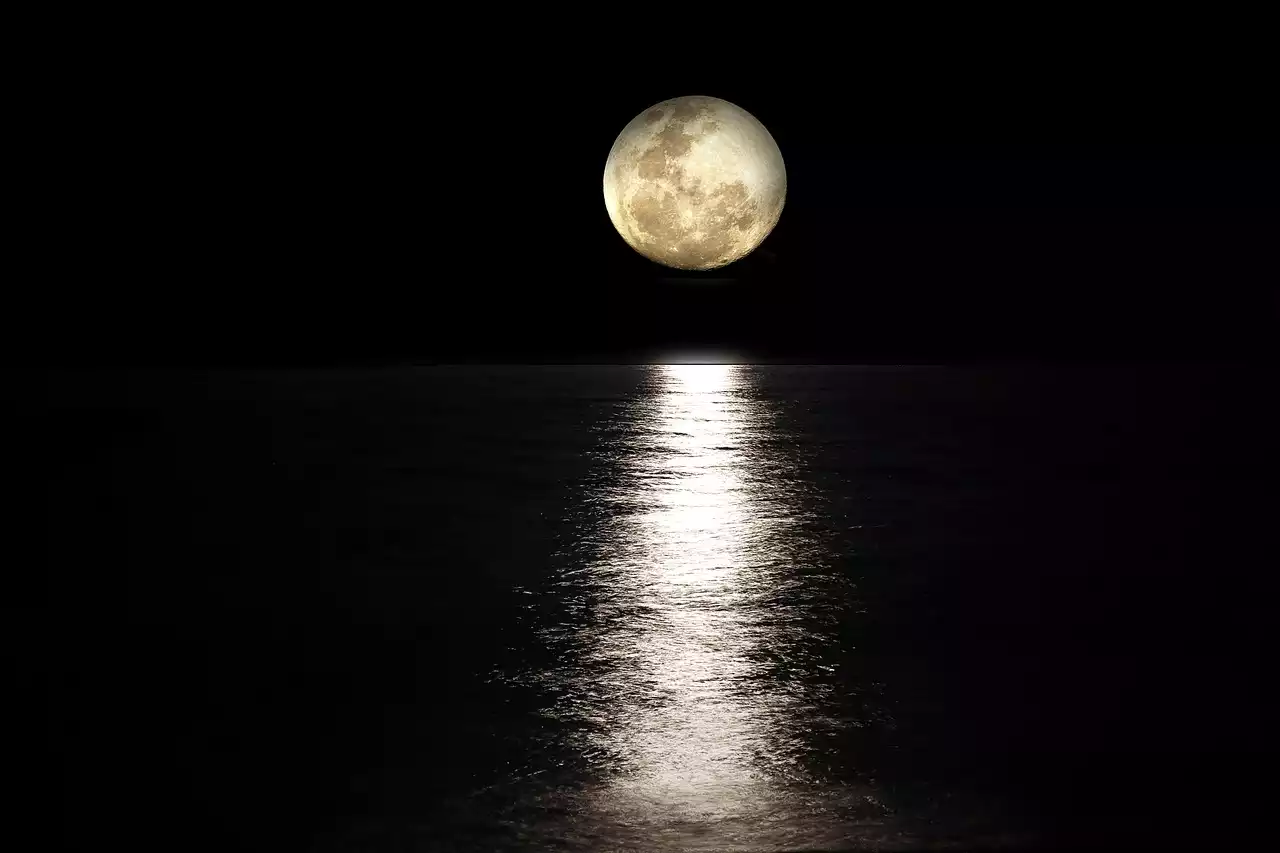The moon is Earth’s natural satellite. It orbits our planet and provides illumination at night, hence the word “lunacy” for insane behavior that happens mostly at night. It also affects the tides of the ocean, which are caused by the gravitational pull of the moon and sun on the water. But why does this happen? The moon has a number of interesting effects on Earth, and scientists have been exploring its secrets for centuries. Let’s take a look at some useful facts about the moon.
The Moon Has No Atmosphere
As a planet, the moon has no atmosphere. This means that the moon has no oxygen and that there is no weather on the moon. Because the atmosphere on Earth changes, there is a continuous change in the appearance of our planet, both environmentally and visually. Because there is no weather on the moon, it is in a state of suspended animation. It looks much as it did thousands of years ago. The surface, which is a combination of dust, rocks, and craters, has hardly changed in appearance.
The Moon is Made of Rock and Metal
The moon is made of rock and metal. This is in contrast to Earth. The Earth has a surface composed of oceans, continents and a lot of atmospheres. On the other hand, Earth’s moon has very little of this. This is why it is apparently dead, with no atmosphere and no water. The moon’s surface is made up of minerals such as anorthosite, which is an extremely rare kind of rock found only on the moon and in some places on Earth. It is also mostly made up of iron, nickel, and aluminium. These materials give the moon its extremely distinctive color, which is grey and black.
The Moon Has No Oceans or Continents
The moon’s lack of atmosphere and extreme temperatures make it impossible to sustain life. It has no oceans or continents, and very little water on its surface. There is ice and water in some craters at the moon’s poles, but very little elsewhere. Because it has no atmosphere and there is no water, the moon cannot change in any way. It remains the same, unchanging, and unremarkable in every way. It is a dead, barren rock with no life at all.
Why Does the Moon Have an Influence on Earth?
The moon has a huge influence on Earth. This is because of the gravitational pull on the tides of the oceans. This happens because the moon is much smaller than the sun but much closer to the Earth than the sun. The gravitational pull of the moon causes the tides of the oceans, which are different from place to place and season to season. This is why the oceans are never still. There is always movement. There is very little tidal movement in the Arctic and Antarctic regions because of the lack of water there.
A Summary of the Purpose of the Moon
- The moon is made of rock and metal: The surface of the moon is made up of minerals such as anorthosite.
- The moon has no atmosphere.
-The moon has no oceans or continents.
- The moon influences tides on Earth: The moon’s gravitational pull on the tides of the oceans causes a change in the appearance of the world.
- The moon is a dead, barren rock with no life at all.
- The moon has no weather or change.
How Old Is the Moon?
The moon is estimated to be between 4 billion and 6 billion years old. This means that it is very, very old. The very first moon may have disappeared in a collision with Earth. The moon we see today is the second or third moon. The second or third moon was there when the dinosaurs were alive on Earth. The dinosaurs lived about 65 million years ago. So, the moon is about 65 to 4 billion years old. It may have been there since the beginning of life on Earth.
Conclusion
The moon has a huge influence on Earth, but it is nothing compared to the sun. The sun is 110 times heavier than the moon and is very close to Earth. The sun affects the Earth much more than the moon does. The moon has no weather or change. It is a dead, barren rock with no life at all. The moon is very old and may have been there since the beginning of life on Earth. Every day, we are thankful for the moon, which gives us light in the evening. The moon orbits the Earth at a distance of about 239,000 km and completes a revolution every 27 days. The moon has a number of interesting effects on Earth, and scientists have been exploring its secrets for centuries.

 The Twelve Constellations of the Zodiac
The Twelve Constellations of the Zodiac Interesting Facts About the Sun
Interesting Facts About the Sun How Did Orion Get its Name?
How Did Orion Get its Name? Everything You Need to Know About the Seven Sisters Star
Everything You Need to Know About the Seven Sisters Star